Prior to the 1940s, the current Lora Lake Apartments site at 15001 Des Moines Memorial Dr, Burien, WA 98148 was used as residential and farmlands. During the 1940s, it became the site of Novak Barrel Washing. From the 1950s to the mid-1980s, Burien Auto Wrecking was located here. In the mid-1980s, the Lora Lake Apartments
Airport offers a glimpse at tightening stormwater regulations
Key takeaways Sea-Tac Airport operates under one of the strictest stormwater permits in the state. Every inch of rain that falls at Sea-Tac generates about 6 million gallons of wasterwater, according to the airport. Despite many toxic chemicals used on-site, such as jet fuel and deicer, the airport reports that its most contaminated area is
Port of Seattle Air Mail Summer 2009
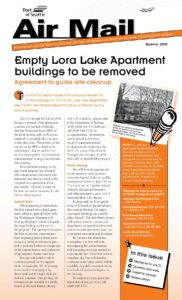
Sea-Tac Airport Spatial Nitrogen Dioxide Study 2009
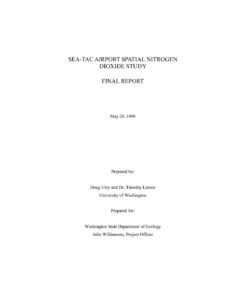
Spatial and Temporal Patterns of Airborne Toxic Species in Seattle Neighborhoods 2006
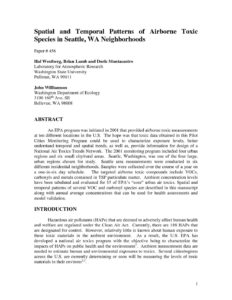
Port Of Seattle v. Airport Communities Coalition; Citizens Against Sea-Tac Expansion; and State of Washington, Department of Ecology
Supreme Court of Washington,En Banc. PORT OF SEATTLE, a port district of the State of Washington, Petitioner, v. The POLLUTION CONTROL HEARINGS BOARD, an agency of the State of Washington, Respondent, Airport Communities Coalition; Citizens Against Seatac Expansion; and State of Washington, Department of Ecology, an agency of the State of Washington, Respondents/Cross-Petitioners. No. 73419-4. Decided:
Puget Sound Air Toxics Evaluation Final Report, October 2003
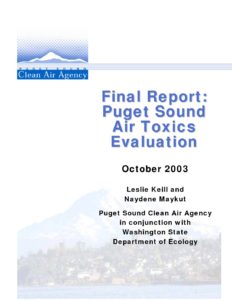 The Puget Sound Clean Air Agency conducted this screening study to identify chemicals and emission sources that pose the greatest potential health risks to citizens ...
The Puget Sound Clean Air Agency conducted this screening study to identify chemicals and emission sources that pose the greatest potential health risks to citizens ...
Pollution Control Hearings Board Case No. 01-160
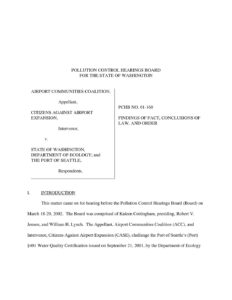
Tacoma Asarco Smelter Plume Ecology Presentation February 2002
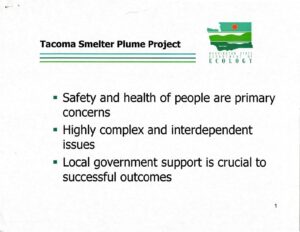
RCAA Flyer Conveyor 2001
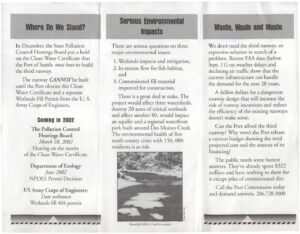 According to this, the Port has already spent $322MM on Third Runway....
According to this, the Port has already spent $322MM on Third Runway....